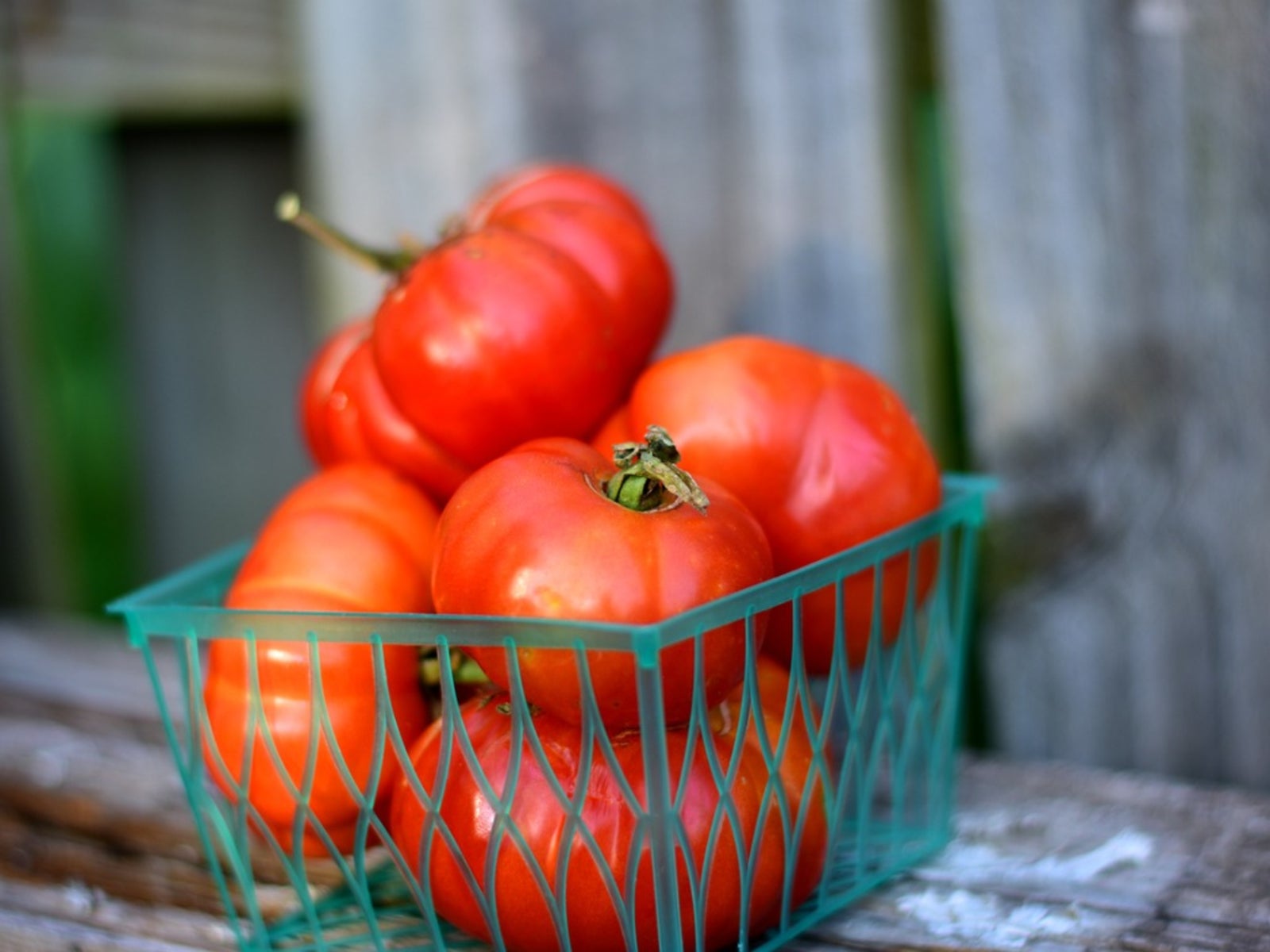Costoluto Genovese Info – How To Grow Costoluto Genovese Tomatoes


For many gardeners choosing which varieties of tomatoes to grow each year can be a stressful decision. Luckily, there’s a multitude of beautiful (and delicious) heirloom tomato seeds available online and in local garden centers. Costoluto Genovese tomatoes are one such variety, which may quickly become a favorite for many years to come.
About Costoluto Genovese Heirlooms
Costoluto Genovese tomatoes are rich, meaty Italian heirloom fruits. Since these plants are open-pollinated, seeds from the plants can be saved each year and grown for generations. Their robust flavor is perfect for use on sandwiches and for fresh eating. However, these highly acidic tomatoes really shine when used for canning and for the creation of full-bodied pasta sauces.
How to Grow Costoluto Genovese Tomatoes
Once established, Costoluto Genovese care is quite simple. While it may be possible to find tomato transplants available at local home improvement stores or garden centers, it is most likely that growers will need to start their own seedlings of this variety. To sow tomato seeds indoors, plant the seeds in seed starting trays about six weeks before the average last frost date. When sowing, be certain to use a sterile seed starting mix. This will reduce the risk of damping off in the seedlings, as well as other possible fungal issues. Grow the tomato seedlings indoors with a grow light or in a bright, sunny window. Ideally, temperatures should not drop below about 65 degrees F. (18 C.). Harden off and transplant the seedlings into the garden after all chance of frost has passed. Plants should be situated in well-draining soil in direct sunlight, receiving at least eight hours of sunshine each day.
Costoluto Genovese Care
As with other indeterminate types of tomatoes, special care must be taken to ensure a bountiful harvest. Most notably, plants must be staked or trellised. When trellising tomatoes, gardeners have a multitude of options. Common solutions for this problem include the use of strong wooden stakes, tomato cages, and even horticultural netting. Tomato plants also benefit from frequent pruning, as pruning will improve air flow surrounding the plants. In many cases, this pruning reduces the risk of tomato diseases which result in the decline of the plants.
Sign up for the Gardening Know How newsletter today and receive a free copy of our e-book "How to Grow Delicious Tomatoes".

Tonya Barnett has been gardening for 13 years. Flowers are her passion. She has transformed her backyard into a cut flower garden, which she regularly chronicles on her YouTube channel http://www.youtube.com/@tonyawiththeflowers.